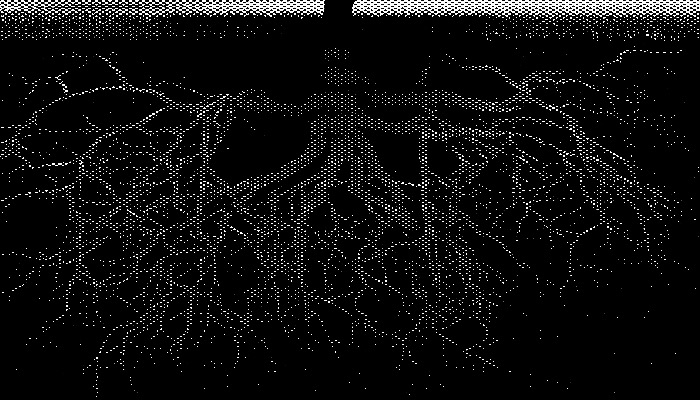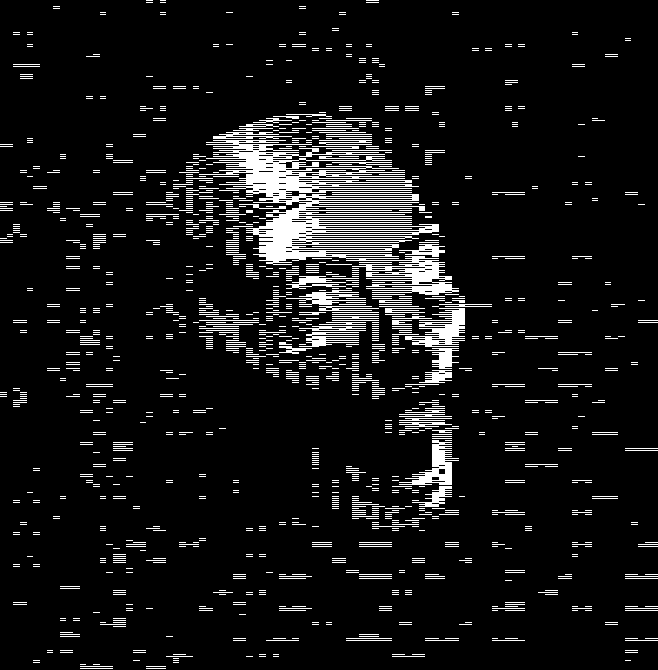-
Hardware or firmware rootkit
This kind of rootkit can infect, the computer's hard drive,
the computer's BIOS (a Software that comes preinstalled on motherboards)
or the router. Giving cyber criminals the ability to intercept data written to the disk,
and/or in the case of the router being infected, acting as a sort of middle man
it intercepts all data passing through the router. Since this type of
rootkit infects internal core components of a computer system is one of the most
persistent and harmful.
-
Bootloader rootkit
As the name suggests, this kind of rootkit infects the bootloader, a very important
software that handles the loading of the computer on startup, more precisely it infects
boot records. This rootkit has by infecting Master Boot Records,
an access of such a high level that a few lines of code would completely compromise the computer.
A bootloader kit therein contained then proceeds to attack the system and replaces the computer's legitimate bootloader with a hacked one.
Therefore allowing the cyber criminal control over a computer even before it is turned on.
Being installed within the boot records the chances of it remaining hidden are way bigger,
since most security software are not designed to check boot records when scanning for malicious entities.
-
Memory rootkit
A memory rootkit infects the RAM, random access memory, of a computer
and carries out harmful activities in the background generally using up a computer's resources.
They can be detected by the user, if he were to notice an unusual slow down of the computer that is caused
by a massive usage of RAM.
Since they infect the ram, getting rid of them is quite easy,
on reboot a computer empties its RAM, this would also
remove the rootkit. There are although cases in which rebooting the system is not enough.
-
Application rootkit
Application rootkits replace standard files in a computer with rootkit files.
This could also cause a change in how application work. The most common program's files
that get replaced with rootkit's files are those utility software that come built in with an os,
such as Paint, Notepad or software that are really commonly found on computers, like the office suite.
This rootkit is difficult for the user to detect, since it doesn't really cause
any change in the computer's functionalities, but gives a cyber criminal access to the computer
every time one of the infected applications is started.
This type of rootkit is also called User Mode Rootkit.
-
Kernel mode rootkit
Similarly to Application rootkits, these rootkit substitute files in a computer with rootkit files.
the difference lies in the fact that Kernel Mode rootkits substitute files of the operating system.
Thus modifying functionalities of the operating system and allowing the offender the addition of
functionalities, removal of others, automatic download, upload and even install other malicious applications.



